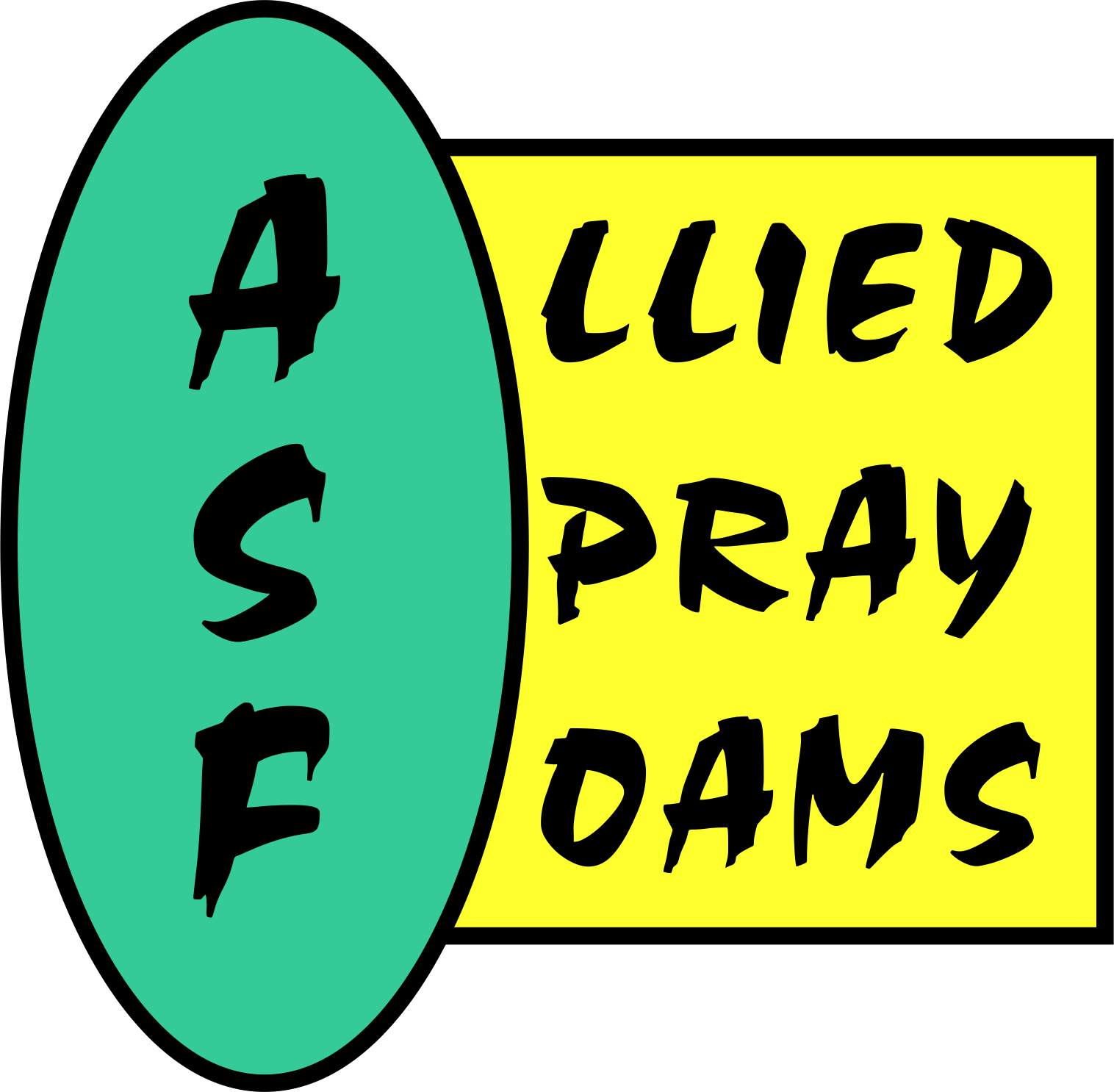The R Value Myth
Debunking the Myth of Insulation R-Values
The Misleading Nature of R-Values: The R-value, a commonly revered metric in insulation, is not as straightforward as it seems. It is a narrow measure, failing to encapsulate the complexity of insulation properties. Relying solely on the R-value is akin to assessing a property based on a single dimension, without considering location or context. In reality, an insulation material’s effectiveness varies significantly under different conditions, such as moisture exposure or wind penetration.
Real-World Conditions vs. Lab Testing: The disparity between laboratory R-value tests and real-world conditions is significant. For instance, fiber insulations like fiberglass, which are typically assigned high R-values, dramatically underperform when subjected to moisture or wind – factors not accounted for in standard R-value testing.
The Importance of Comprehensive Evaluation: Insulation should be evaluated on multiple factors, including its resistance to air penetration, water, and vapor drive. This approach is crucial to understanding how it will perform in actual living conditions, as opposed to controlled laboratory environments.
The Fallacy of One-Size-Fits-All Solutions: Mandating uniform R-value standards without considering specific building characteristics and environmental factors leads to inefficiencies and potential insulation failures. The effectiveness of insulation is highly dependent on the quality of installation and the interaction with other building elements.
Solid vs. Fiber Insulations: Solid insulations, such as expanded polystyrene or urethane foam, generally outperform fiber insulations in the presence of wind and moisture. However, their installation requires meticulous attention to prevent air infiltration, which can drastically undermine their insulating properties.
Spray-In-Place Polyurethane: An Exception: Spray-in-place polyurethane uniquely combats air infiltration, adapting to the contours of the space and forming a complete seal. It challenges traditional R-value comparisons by providing superior insulation with thinner layers, as demonstrated in numerous case studies and real-world applications.
Rethinking Insulation Standards: The industry needs to reevaluate how insulation is measured and marketed. The R-value, while useful, should not be the sole criterion for choosing insulation. Instead, a more holistic approach, considering factors like air and moisture resistance and real-world performance, should guide decisions.
Case Studies and Anecdotal Evidence: Several case studies highlight the discrepancy between R-value ratings and actual performance. For example, buildings insulated with spray-in-place polyurethane consistently show lower energy costs and better temperature control compared to those with higher-rated fiber insulation.
Conclusion: Insulation is a complex field where one metric cannot tell the whole story. While R-values provide a baseline, they are insufficient for making informed decisions about insulation. A more comprehensive approach, considering real-world conditions and material properties beyond the R-value, is essential for effective insulation strategies.
